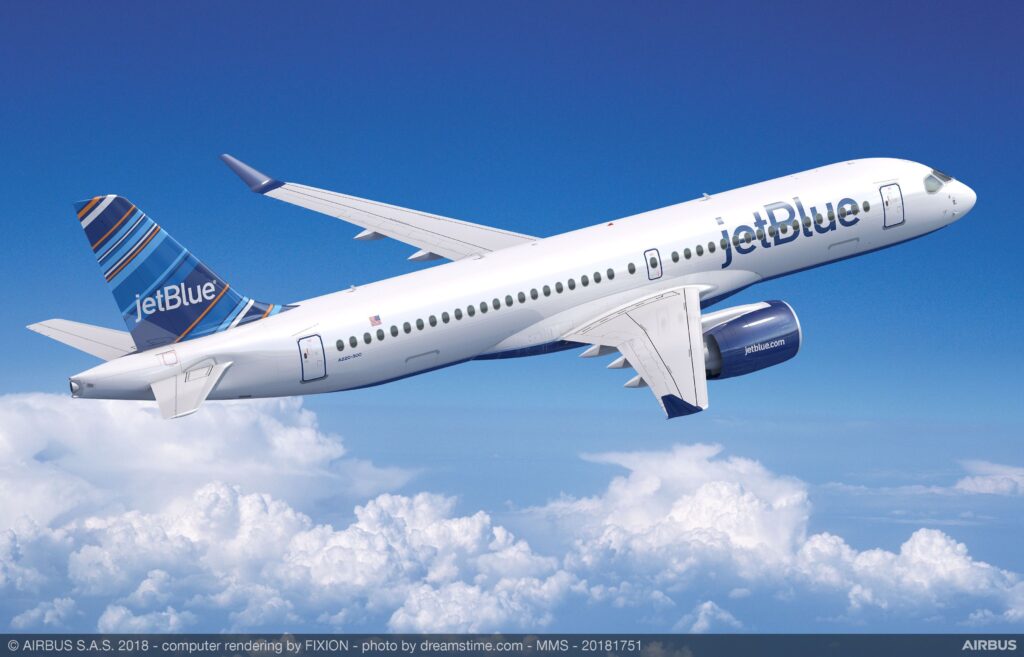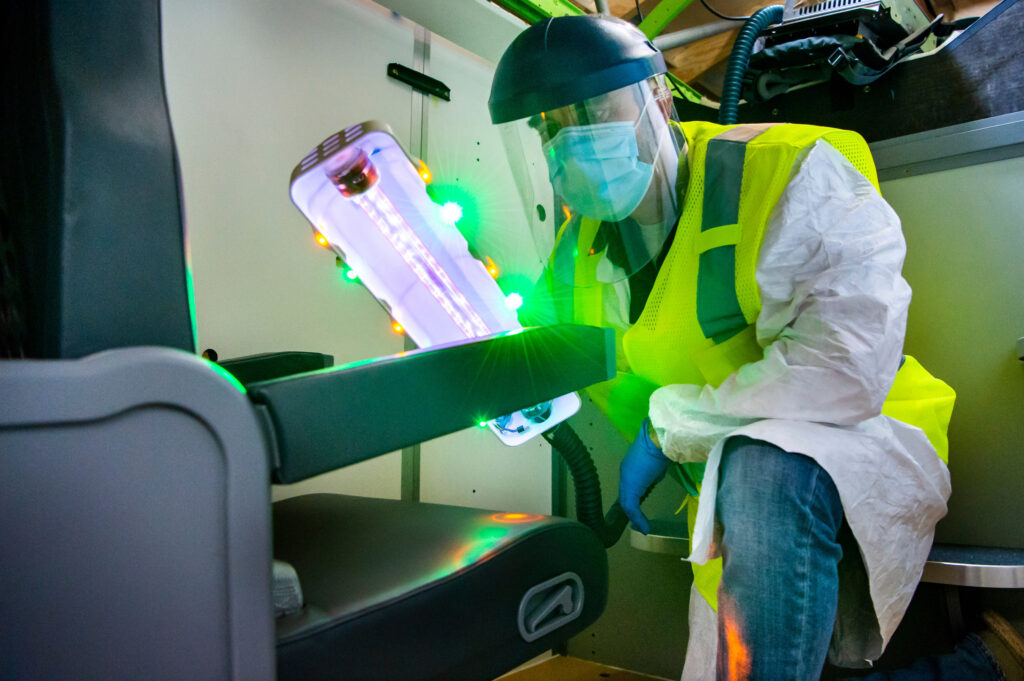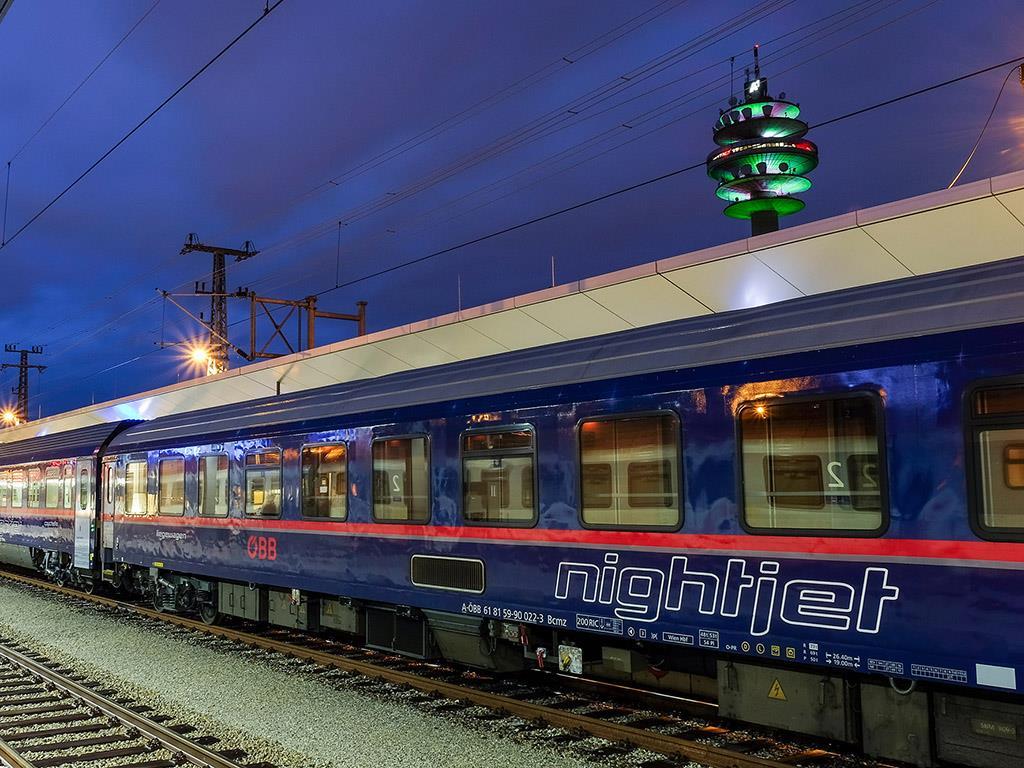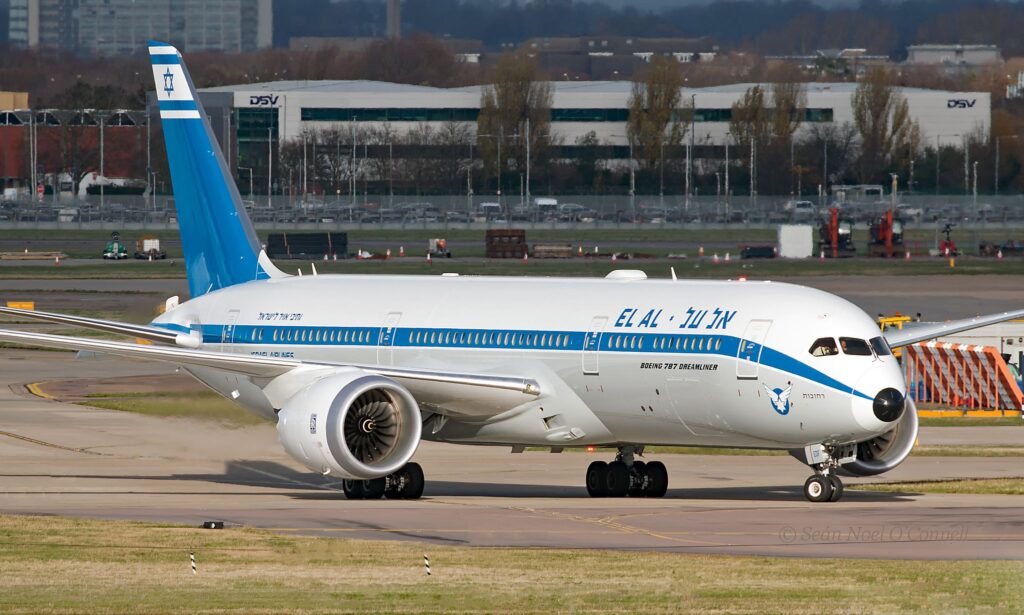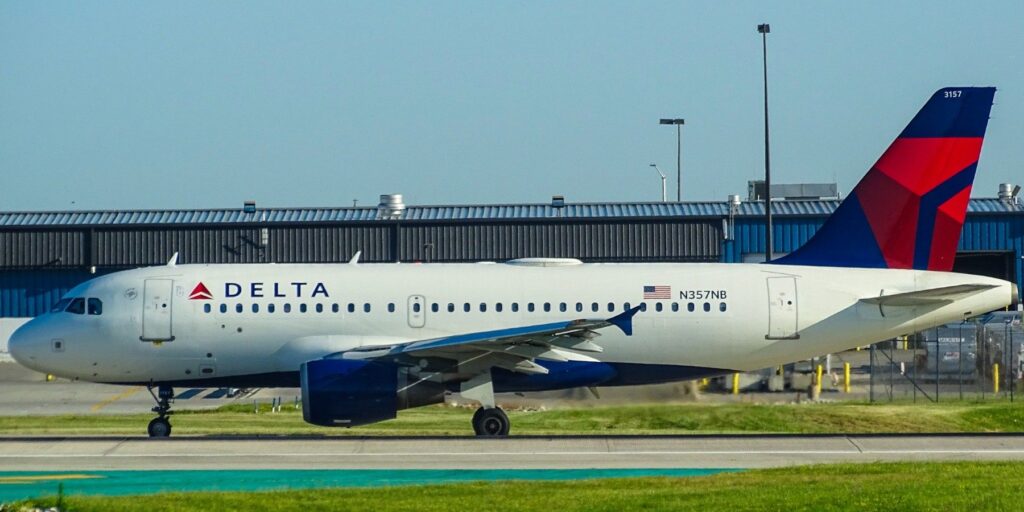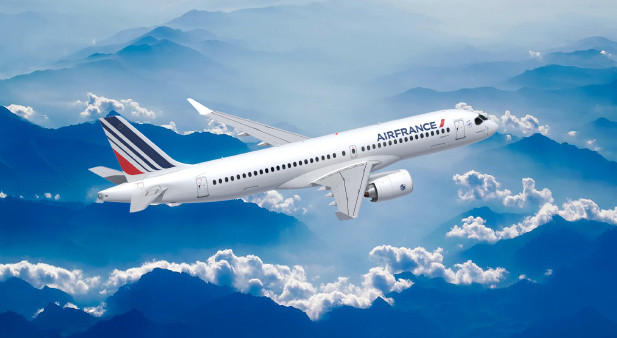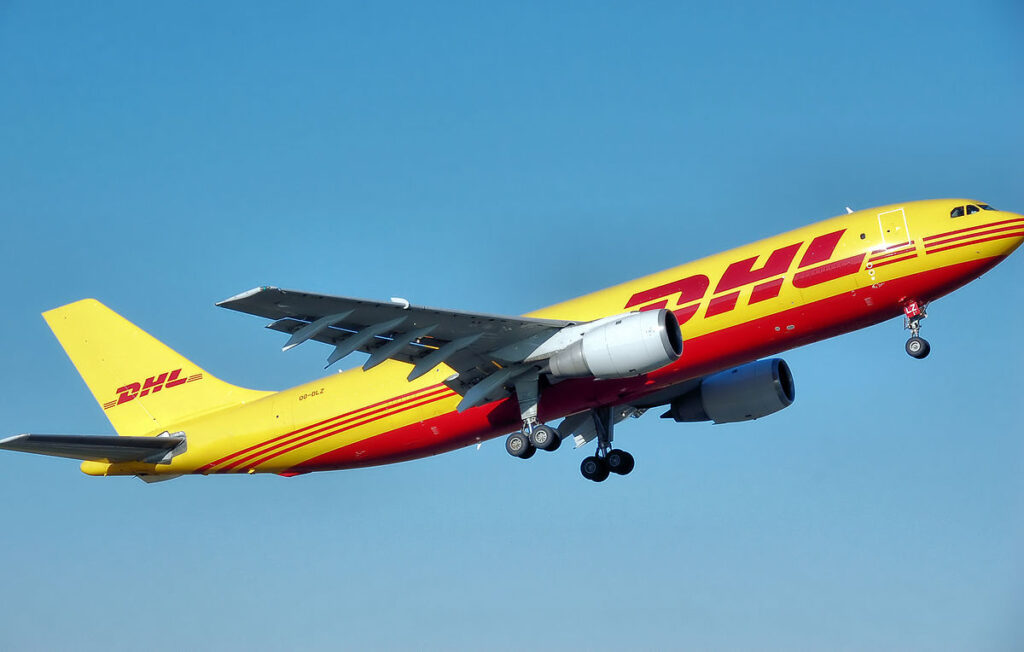JetBlue to Add 4 Nonstop Routes from Hartford’s Bradley Airport
- Adding Los Angeles, Las Vegas, San Francisco and Cancún, Mexico to Schedule - JetBlue Planning to be the Largest Carrier in Connecticut by 2021 JetBlue (NASDAQ: JBLU) today announced it is expanding service in Hartford, Conn., with four new nonstop…
